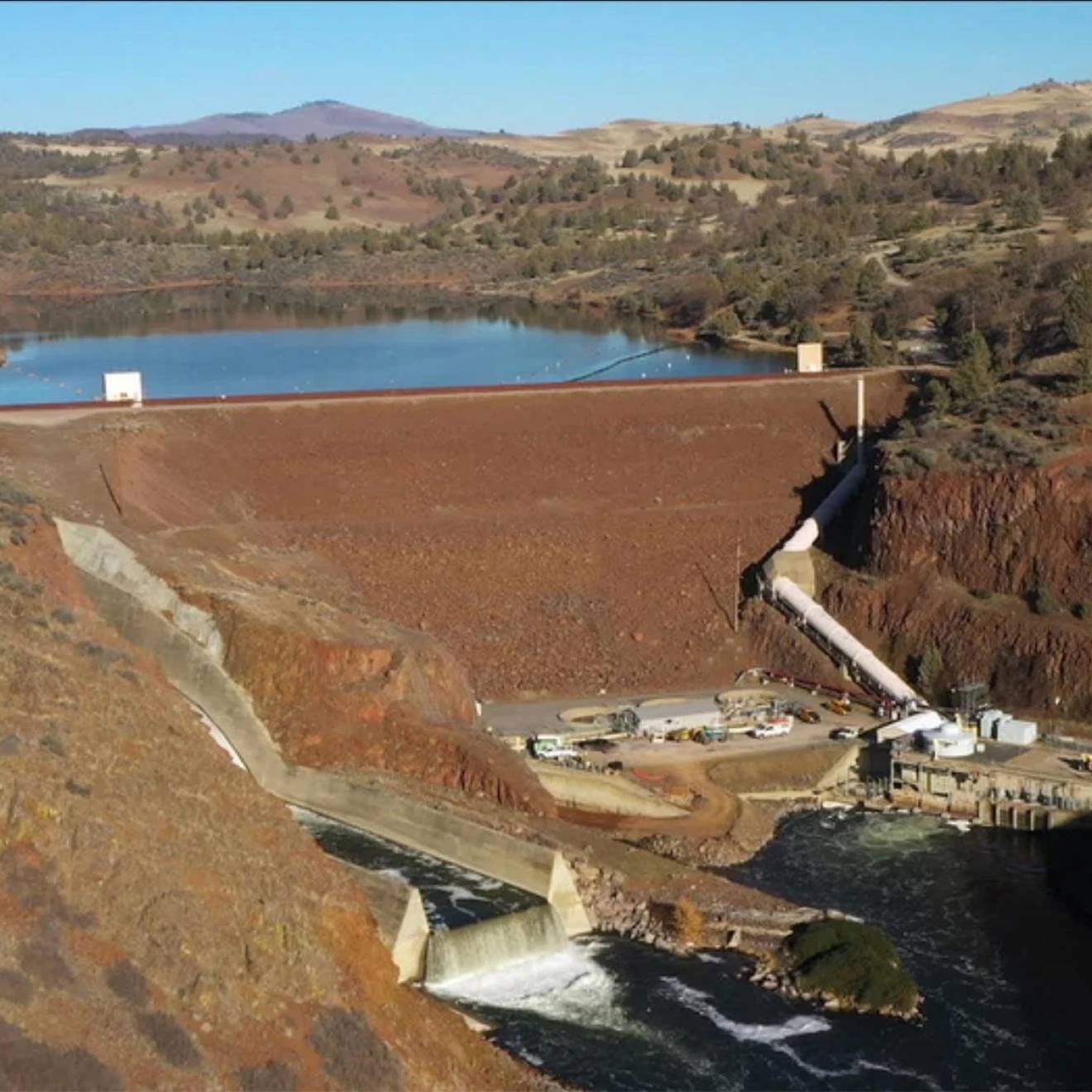Guananí Gomez-Van Cortright, UC Newsroom
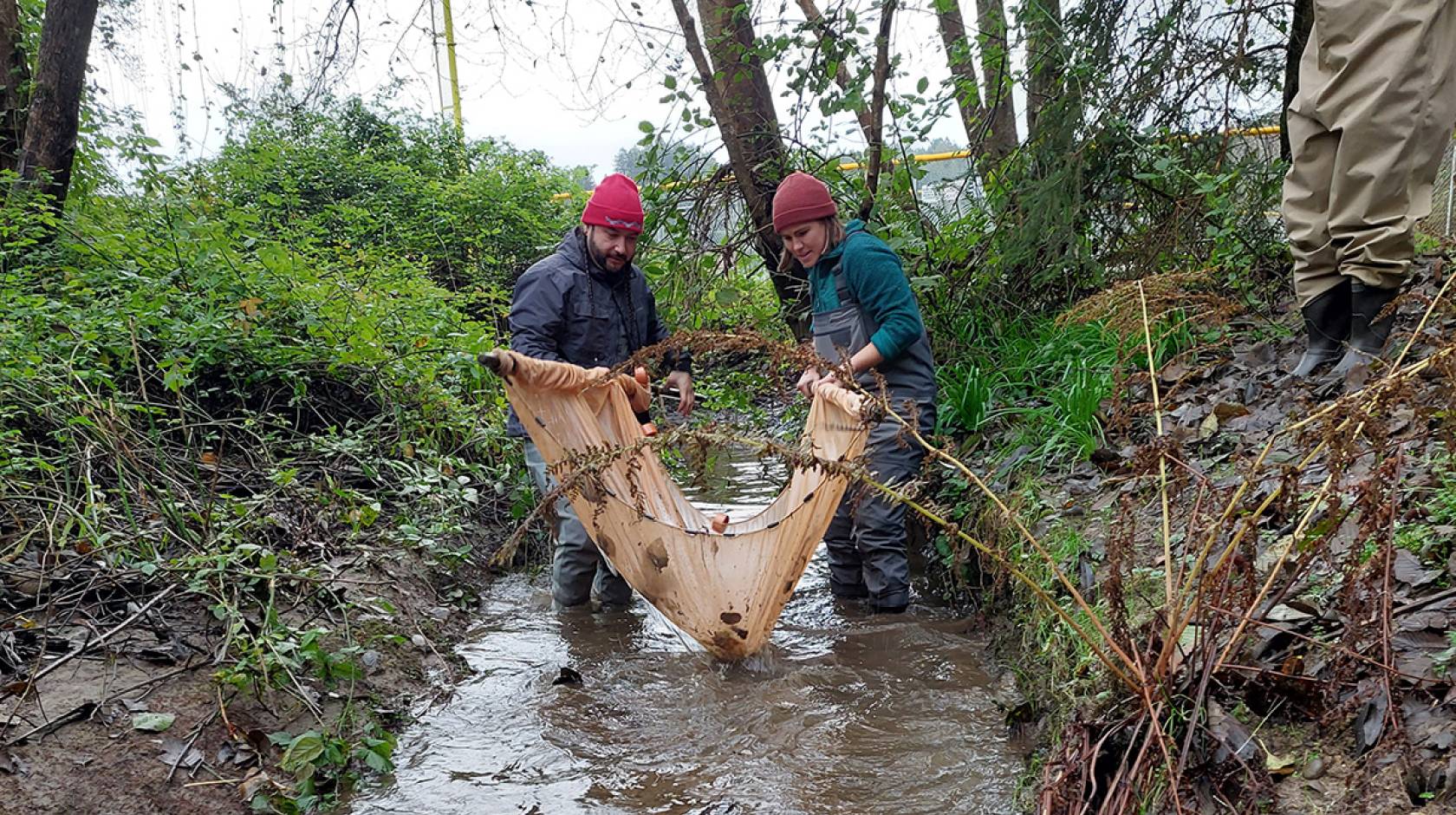
In 2022–23, the state of California allocated $100 million to the University of California to fund research grants supporting climate change resilience in communities across the state. Three of the California Climate Action Seed Grant-funded research projects are establishing collaborations between academic institutions and Tribal nations to support climate change resilience through tribal resource management. The projects involve investigating pinyon pine forest ecology and cultural values in the Eastern Sierra, monitoring fisheries on the North Coast, and surveying the changing landscapes of California Indian Public Domain Lands.
Caring for Tribal fisheries
Since time immemorial, California Indians have fed their families on seafood from the Pacific. Yet their traditional ecological knowledge and the voices of California Tribal Governments have largely been disregarded by fisheries science. For example, on California’s North Coast, many local fisheries such as smelt, surf perch, bull kelp, sea stars, and razor clams are culturally significant and essential for the subsistence of tribal nations, but have received little attention from academia or natural resource agencies.
Now, a $1.1 million Climate Action Seed Grant aims to help fill in these knowledge gaps. The grant establishes the Northern California Tribal Marine Fisheries Collaborative, which connects researchers at Cal Poly Humboldt, state and federal agencies, and several North Coast tribal nations, including the Tolowa Dee-ni’ Nation, Wiyot Tribe, Blue Lake Rancheria, Cher-Ae Heights Indian Community of the Trinidad Rancheria, and Resighini Rancheria. An additional $20,000 Community Engaged S/Hero Supplement grant of $20,000 will bolster project efforts to collaborate with Tribal communities.
“Indigenous peoples have inhabited the California coast since time immemorial,” says Rosa Laucci, marine biologist and manager for the Tolowa Dee-ni’ Nation Natural Resources Marine Division. The Tolowa Dee-ni’ Nation is a federally recognized Indian Nation located along the Pacific Ocean in northern California and southern Oregon. “All the monitoring that we do informs our harvest title — a set of laws that govern our marine resources based on cultural practices, traditional knowledge, reciprocity, and restorative justice.”
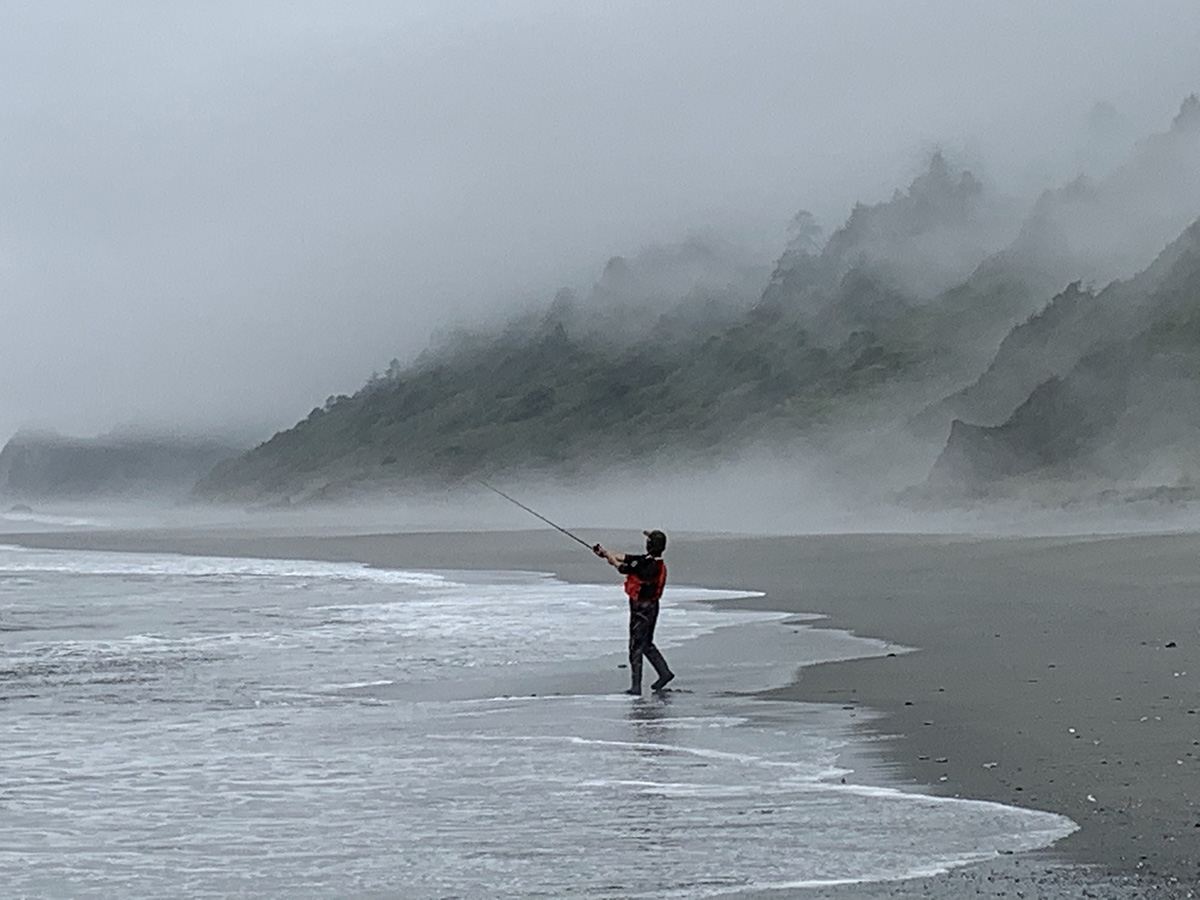
Agencies involved in the Collaborative include California Sea Grant (a group of California universities as well as federal and state agencies working on coastal science concerns), the California Department of Fish and Wildlife, and the National Oceanic and Atmospheric Administration’s Southwest Fisheries Science Center. These organizations will equip tribes with the training and resources to fill in knowledge gaps about important food and cultural species. In turn, the data tribes obtain will help ensure these fisheries are managed sustainably in the face of climate change.
“The most important part of this project is to help our tribal partners develop professionally, and to advance their capabilities to monitor their species,” says Jose Marin Jarrin, assistant professor in the Department of Fisheries Biology at Cal Poly Humboldt.
Most of the grant funding will go toward hiring staff for fisheries monitoring and management; much of the rest will cover training, gear, and the costs of traveling to study sites, conferences, and skill sharing events. Tribes have full sovereignty over the information they choose to share publicly.
Basic questions about some of these essential and traditionally significant fisheries remain unknown, such as how long species live, their habitat range, and the timing and locations of reproduction. Such information is essential for understanding how to harvest species sustainably. Monitoring programs and research collaborators will investigate these basic questions as well as how sea level rise is affecting traditional fishing sites.
The Tolowa Dee-ni’ Nation already conducts a wide variety of marine biomonitoring efforts. These include surveys of urchins and sea stars to understand the health of the intertidal zone, seaweed abundance and marine biotoxin monitoring for subsistence, and environmental DNA sampling to monitor surf smelt in ancestral waters. The Northern California Tribal Marine Fisheries Collaborative will support new equipment and knowledge exchange.
“These monitoring projects are important for the subsistence and well-being of Tolowa people today, tomorrow, and future generations,” says Laucci. “What happens to the land, happens to the people.”
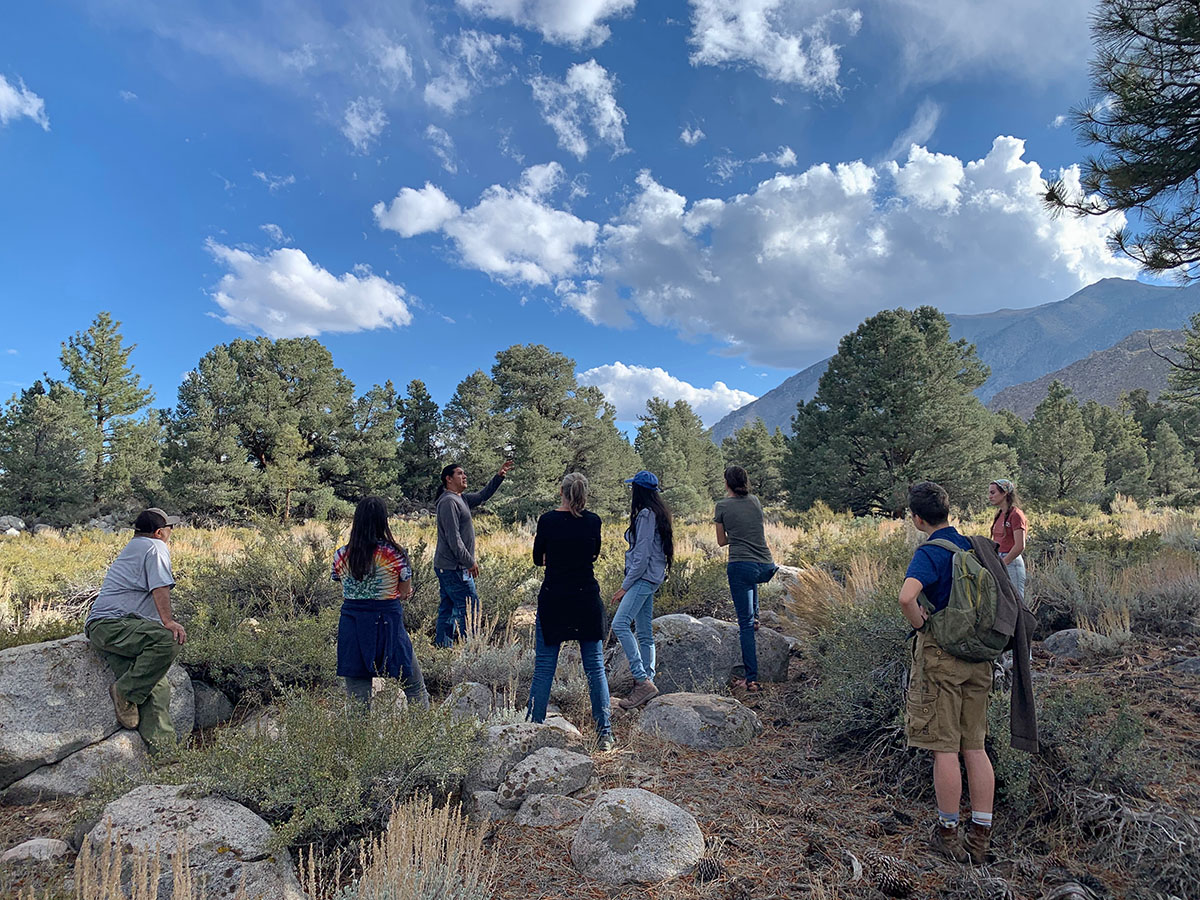
Pinyon pine forest preservation
Throughout the sage-scented high desert of the eastern side of California’s Sierra Nevada, the sound of pinyon jays echoes down slopes studded with mighty pinyon pines. These pinyon-juniper woodlands cover nearly four million acres throughout California, and produce edible pine nuts. While pinyon pine forests are adapted to dry conditions, recent wildfires and climate change driven drought are putting them at risk.
“There have been several wildfires recently that resulted in a big loss of these pinyon-juniper forests,” says Miranda Redmond, assistant professor of forest science and climate change at UC Berkeley. “That’s a big loss of wildlife habitat, carbon storage, and pine nuts.”
Pinyon pines are culturally important for Indigenous peoples throughout the Eastern Sierra. A collaboration among partnering Tribal nations — including the Bishop Paiute Tribe, Big Pine Paiute Tribe, Washoe Tribe of Nevada and California, and Bridgeport Indian Colony — alongside community organizations and researchers at UC Berkeley and Stanford University, received a $2 million Climate Action Seed Grant to improve the resilience of California’s pinyon-juniper woodlands while expanding Indigenous forest stewardship in the eastern Sierra Nevada. The project will gather field data to help Tribal and state land managers understand pinyon-juniper woodland ecology, model how these ecosystems might respond to changing climate, and predict pine nut production in the future.
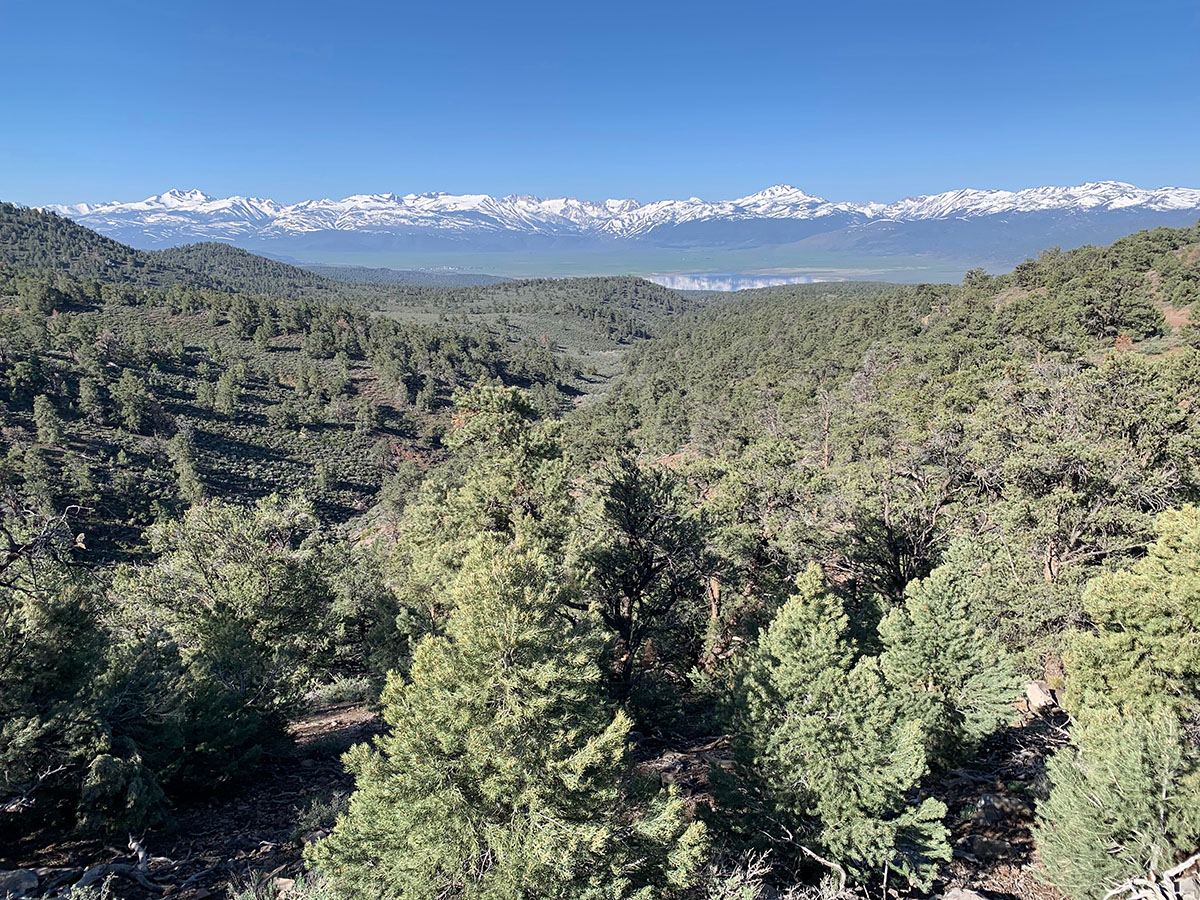
“Pinyon pine is a cultural keystone species and provides important ecosystem services to people throughout California,” says Paul Burow, a postdoctoral scholar at Stanford University and research partner on the project. “Land managers and policymakers can foster community-led efforts to support resilient forest landscapes today as well as for future generations.”
Tribal partners will also be engaging their communities in reconnecting with these woodlands. Efforts will include encouraging elders to share their knowledge with younger generations. Through household surveys developed in collaboration with Tribal partners and community organizations, this project will characterize how residents in the Eastern Sierra use and value forest landscapes. The cultural values and traditional ecological knowledge gathered will then be incorporated in stewardship plans. A Community Engaged S/Hero Supplement grant of $20,000 will help the project’s partners utilize best practices for working with Tribal community members.
Tribal nations have guided the project’s scientific questions and community surveys. This helps ensure that results support tribal stewardship of these ecosystems. The project builds on work by partners such as the Bishop Paiute Tribe to identify pinyon-juniper populations to protect and conserve in traditional gathering areas outside reservation boundaries. Data from this community-based monitoring program will contribute to forest management decisions, such as identifying areas of declining health through community surveys.
Meanwhile, researchers at UC Berkeley will survey pinyon-juniper sites across California. The researchers will monitor pinyon cone production over time, using tree branch shapes and scar patterns to reconstruct the past 15 years of cone production. Pinyon pines are a masting species, meaning that every few years, entire stands synchronize to produce massive cone crops, resulting in boom and bust cycles of pine nut production. The field survey will piece together climate, genetic, and environmental conditions that contribute to masting cycles, and whether they vary among forest locations. In the fall of 2024, predicted to be a likely mast year, researchers and project partners will collect seeds to save for future replanting projects.
“This project wouldn’t have been possible without the Climate Action Seed Grant,” says Redmond. “It supports our Tribal partners, and it’s allowed us to have dedicated staff to propel it forward.”
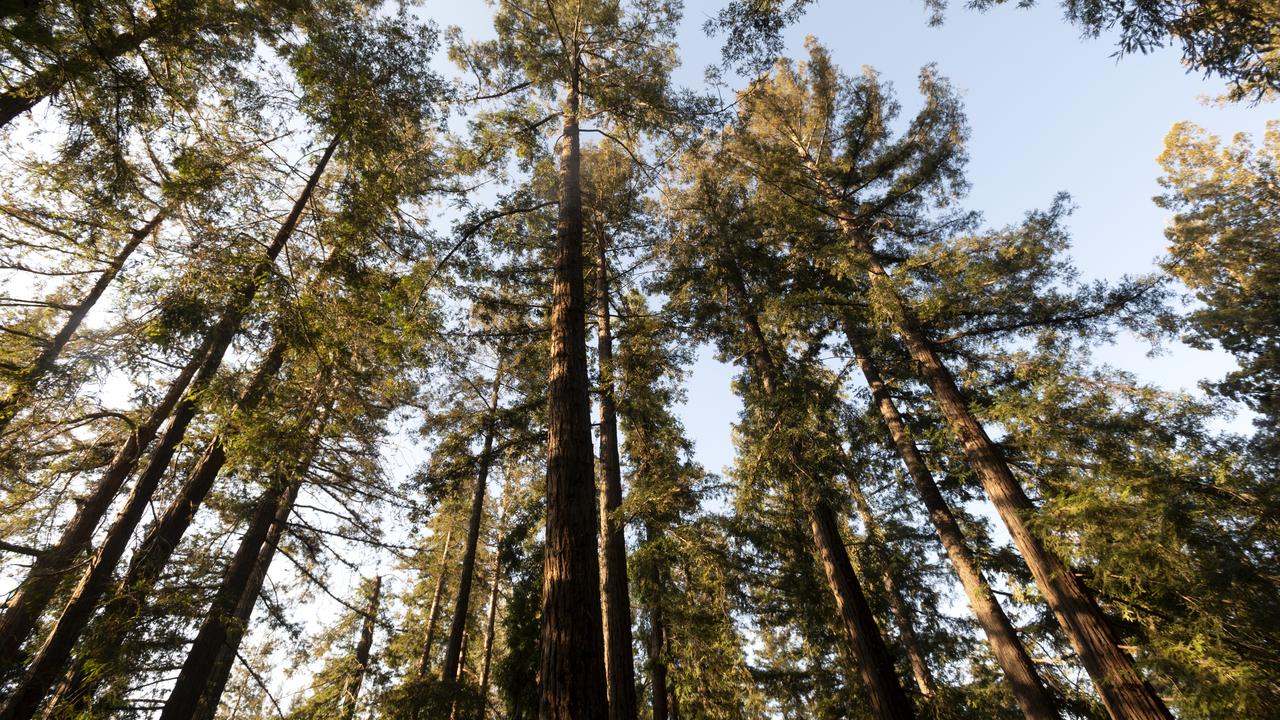
Climate change on Indian allotment lands
In California, treaties negotiated between Native nations and the federal government in the 1850s were not ratified, initially leaving the majority of Indigenous people in the new state without recognized land rights. Tribal lands in California today include reservation or rancheria land affirmed by executive orders and congressional appropriations, as well as individual Indian allotment lands. These allotment lands were established on the so-called “public domain” in California following the 1887 Allotment Act. Allotments are up to 160-acre parcels held in trust by the Bureau of Indian Affairs on behalf of individual Indian allottees and their heirs or descendants. Throughout California, approximately 400 allotments cover over 16,000 acres.
A $1.6 million Climate Action Seed Grant is funding a project to survey the landscape and plan climate resilience projects on Indian allotment lands. The UC Davis-led project will utilize landscape surveys, climate modeling, and the expertise of allottees to understand what is on their land and how it has changed over the past 20 years. Finally, the project will provide allottees with support for navigating policies and fundraising for planning climate resilience projects on their land.
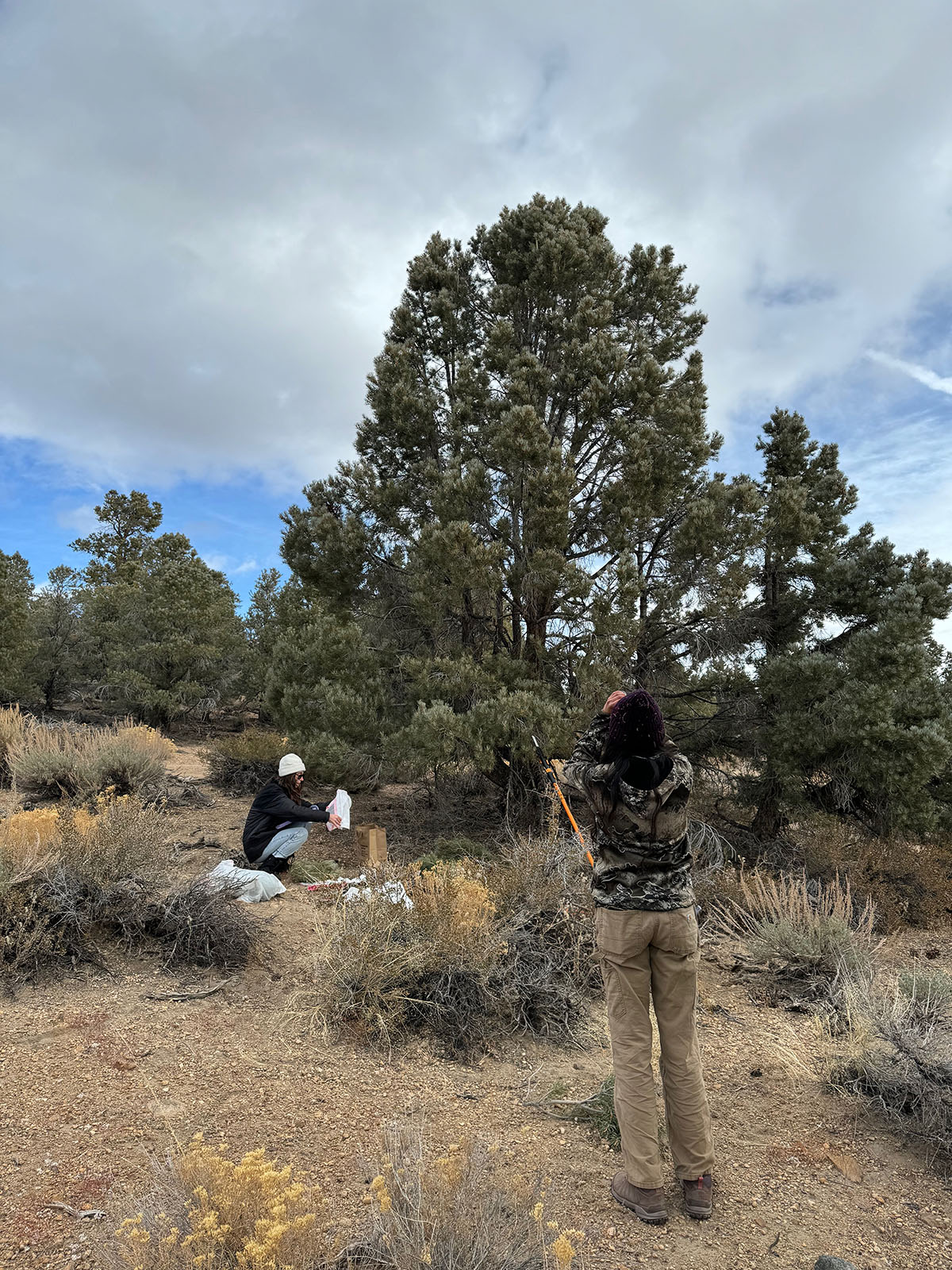
Researchers from UC Berkeley and Stanford collect information on pinyon pine during fieldwork. Understanding the factors that influence cone production is important for both forest regeneration and sustaining important cultural practices like pine nut collecting.
“We need to connect the dots and identify what needs to be done to support these culturally important landscapes’ survival in the face of climate change,” says Beth Rose Middleton Manning, professor in the Native American Studies Department at UC Davis.
The project aims to follow up allotment surveys done in the 1990s by the University of California and the Bureau of Indian Affairs. Those surveys mapped vegetation cover, species, topography, and water sources present on California allotments. By comparing current and past surveys, Middleton Manning hopes to evaluate the effects of climate change over time. She will then use climate and wildfire models to predict how allotment lands might be affected in the coming decades.
Once in each summer of the grant, the project will host two major conferences for allottees and project collaborators to gather together. There, allottees from across the state can learn how to secure funding and other resources to carry out climate resilience and stewardship projects on their land, such as cultural fire.
“California as a state has been increasingly focused on reckoning with the history of the theft of tribal lands and the oppression of California Native people,” says Middleton Manning. “This is a very applied project to work with California Native land managers to support them in ensuring that these lands are sites of resilience and survival into the future.”

Professor Beth Rose Middleton Manning of UC Davis
